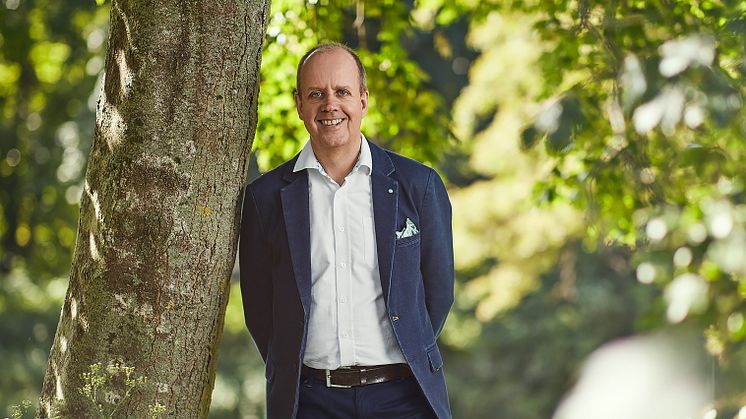
Blog post -
How Duni Group views sustainability
We have a societal development where everyone has to act. At Duni Group, we strive to drive change in our industry towards greater sustainability and circular models.
It can come as no surprise to anyone today that the demands in sustainability are growing rapidly in society. When the World Economic Forum summarized the global risks in 2021, “climate action failure” became the biggest risk in terms of potential impact and likelihood. But climate change itself is not the biggest risk – it is already a fact. Instead, it is our collective failure to limit its effects.
As this is a challenge for society as a whole, everyone must act: legislators, consumers, academia and of course companies. And we must not forget other important aspects, such as the circular economy, biodiversity, resource use or resilient societies. There are many other areas that we also need to consider when securing the future of our society.
Stakeholders with different priorities
We have been working in a structured way with sustainability for many years. In 2021, we reviewed our ambitions and updated our strategy up to 2030. We started with trying to understand what key stakeholders expect from us.
It became clear that expectations vary. For example, regulators prioritize solutions to reuse products while our customers prioritize environmentally sound solutions for the end of the life cycle. Investors, on the other hand, focus on communication and climate change.
A survey of around 125 of our employees shows how we see it internally. The results are summarized in a materiality matrix, which has also been aligned with external key stakeholders.
Three strategic initiatives
Based on this analysis, we saw that the priority areas could be summarized into three strategic initiatives that will help us become the industry’s sustainability leader in 2030:
- Becoming Circular at Scale
- Going Net Zero
- Living the Change
The updated materiality analysis shows that we need to find solutions to end-of-life, continue to choose better materials in products, reduce our climate impact and ensure clear and fact-based environmental communication. All this underpins the sustainability initiatives.
Our materiality analysis is more than a reactive tool for managing risk. It’s a proactive starting point for how we as a company will create value in the future, focusing on opportunities rather than threats. Here, a 2030 perspective helps, but it also means that the relevance of different issues will change over time, which should ensure our continued relevance.
Erik Lindroth
Sustainability Director
